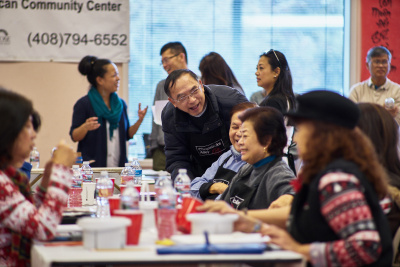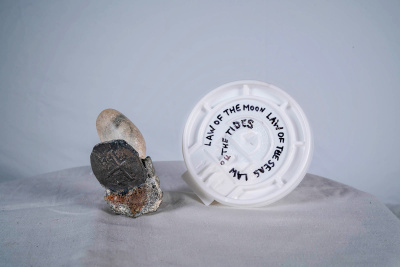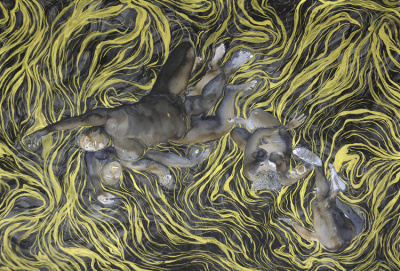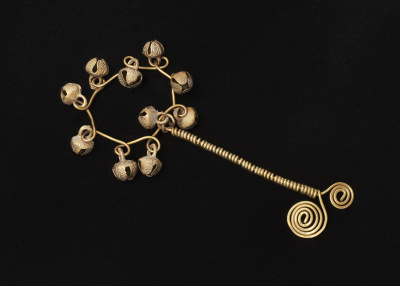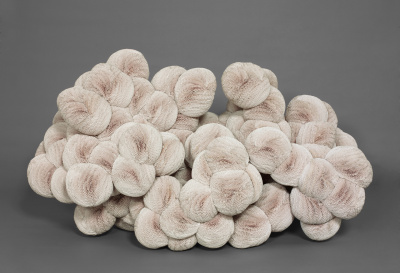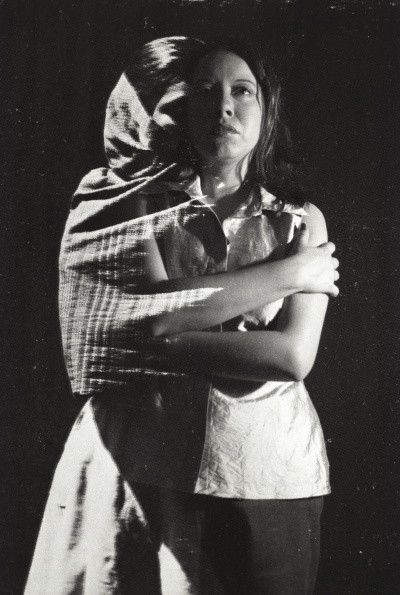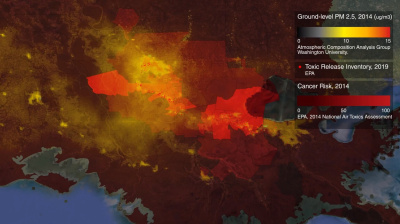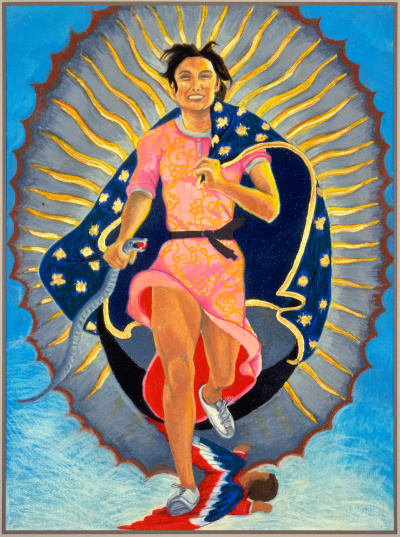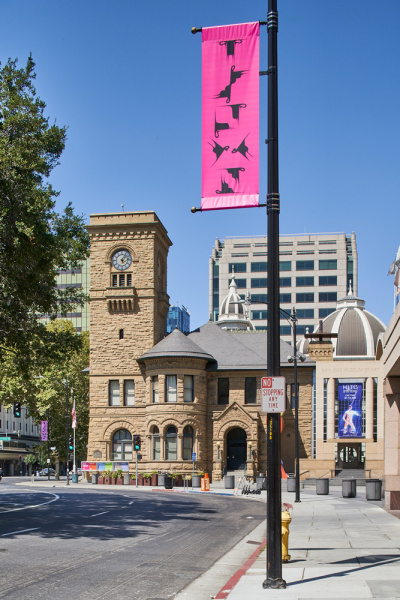Hidden Heritages: San José’s Vietnamese Legacy
Through end of October 2025 • Offsite at SJSU King Library
Rooted in stories of place, family, journey, identity and—ultimately—home, the exhibition Hidden Heritages: San José’s Vietnamese Legacy focuses on individual voices and personal narratives. The latest installment in the ongoing “Hidden Heritages” series, it tells the story of a community, collective resilience, and the legacy they will leave to future generations who call this city home.
